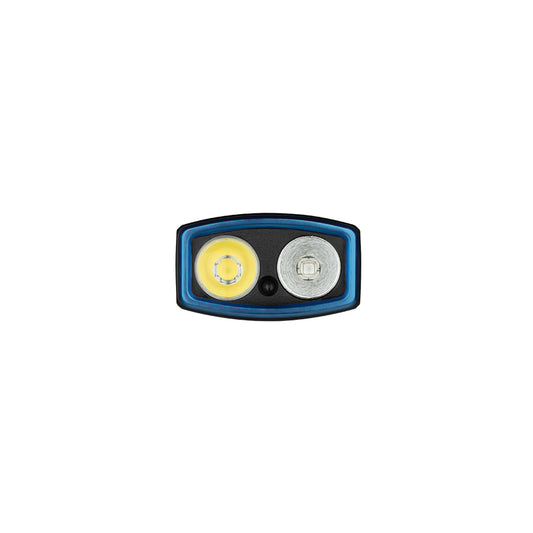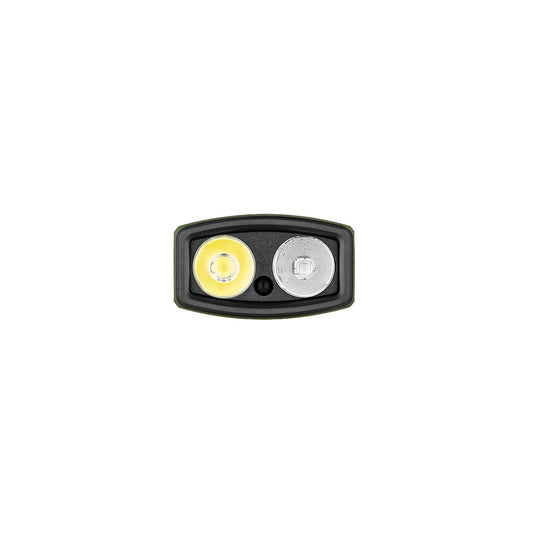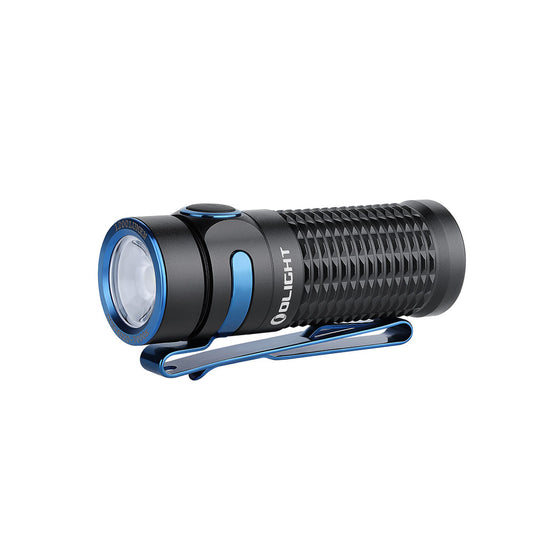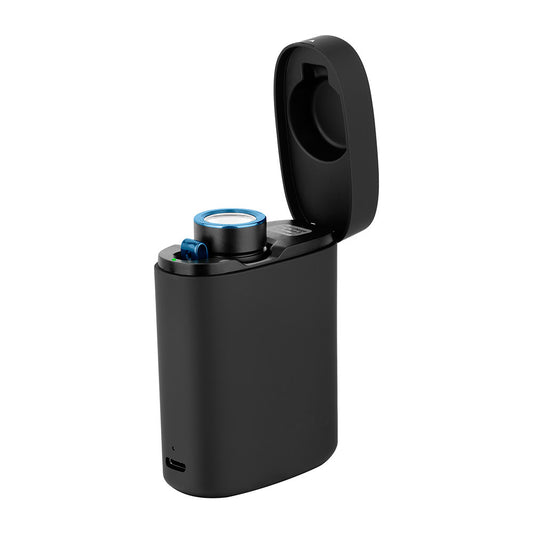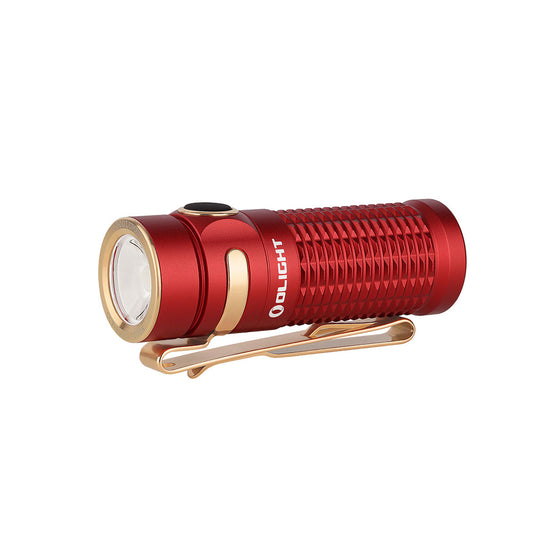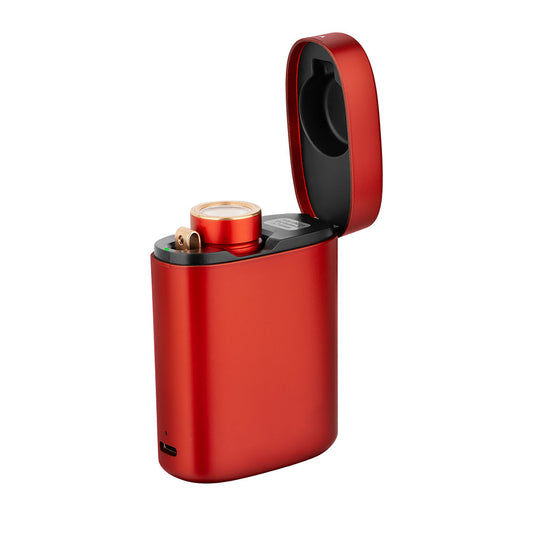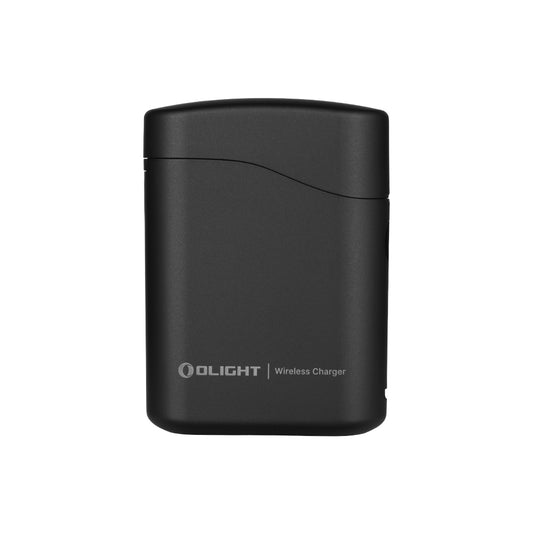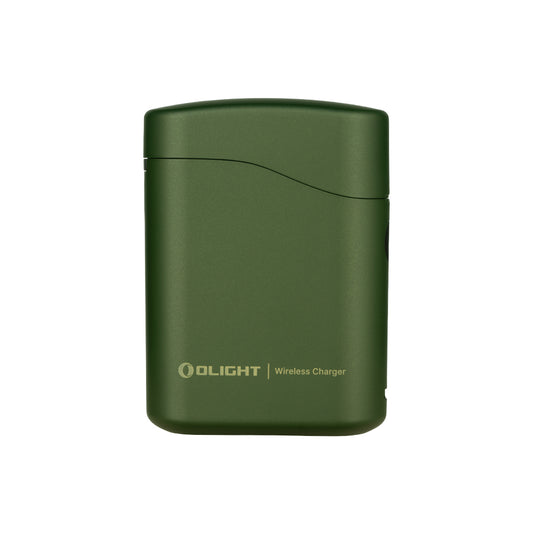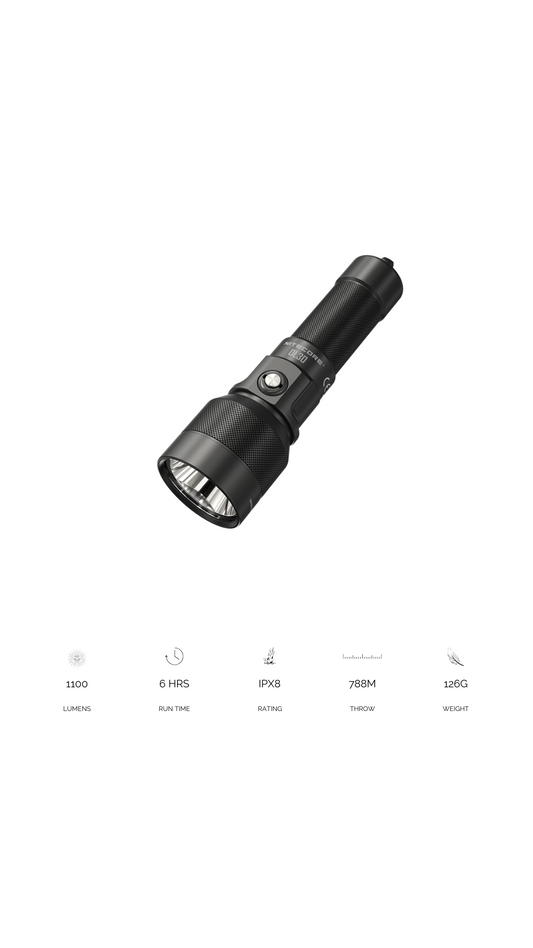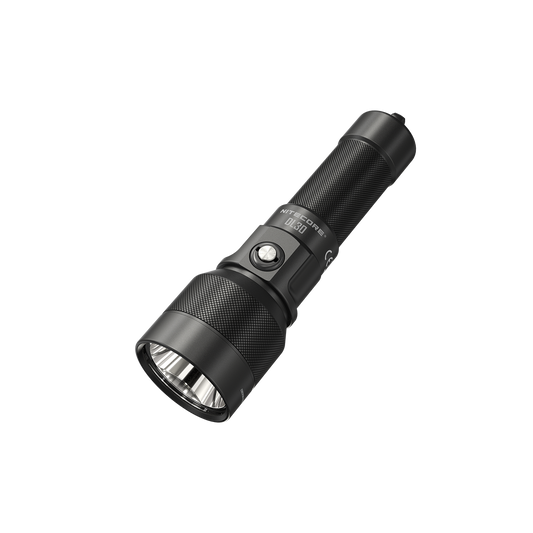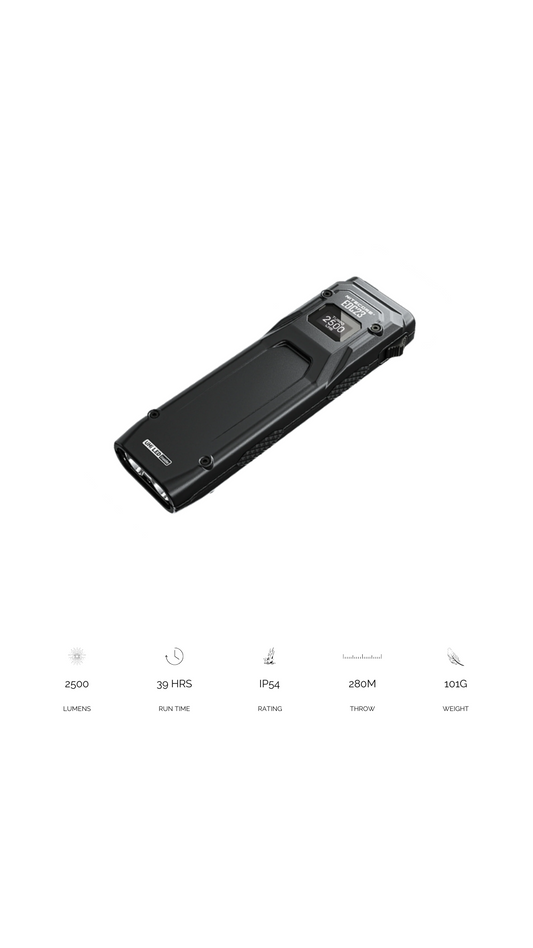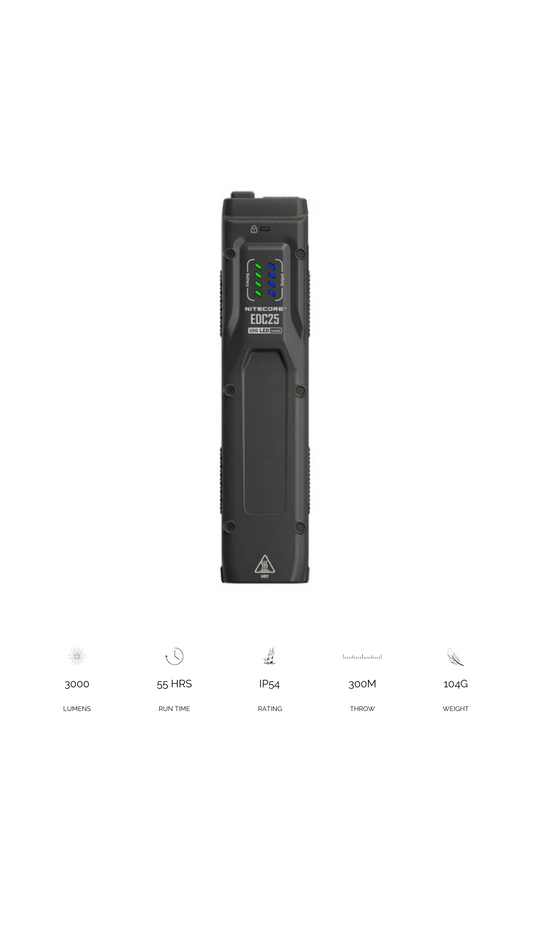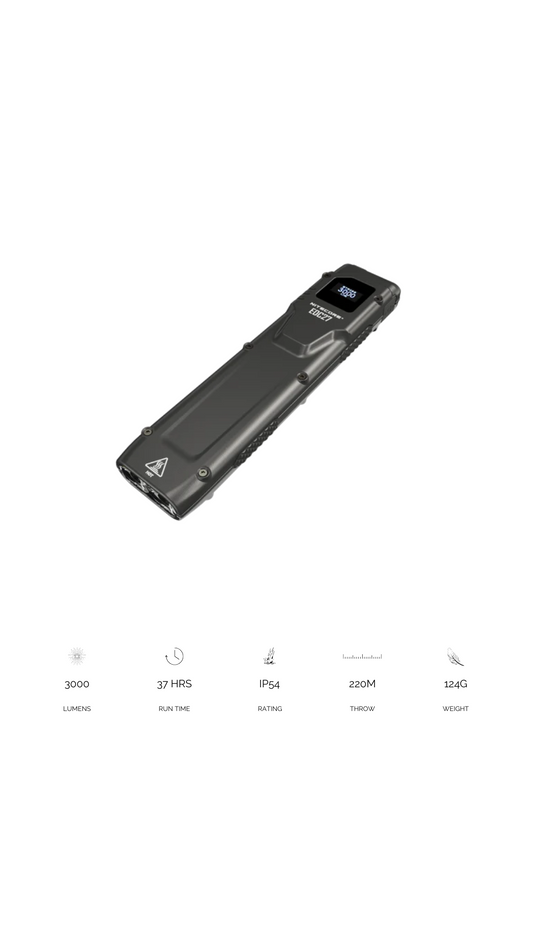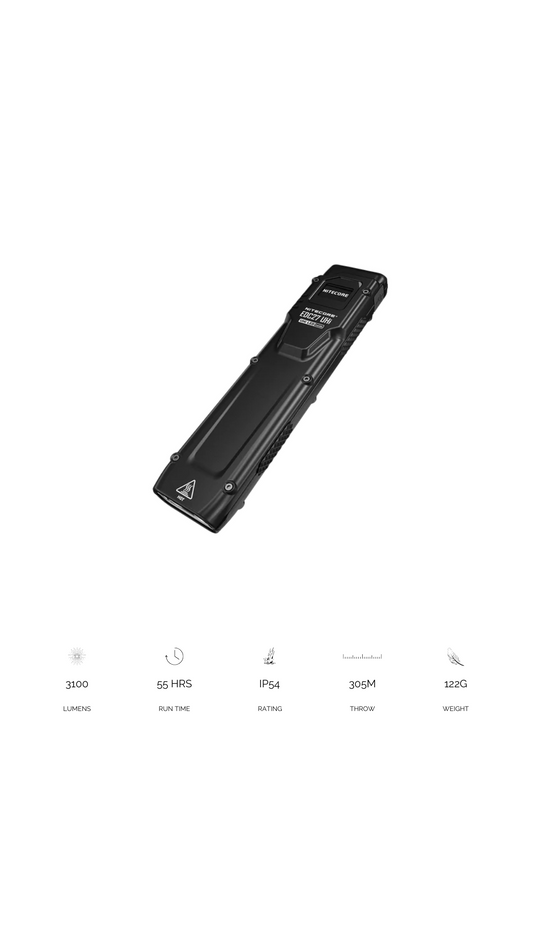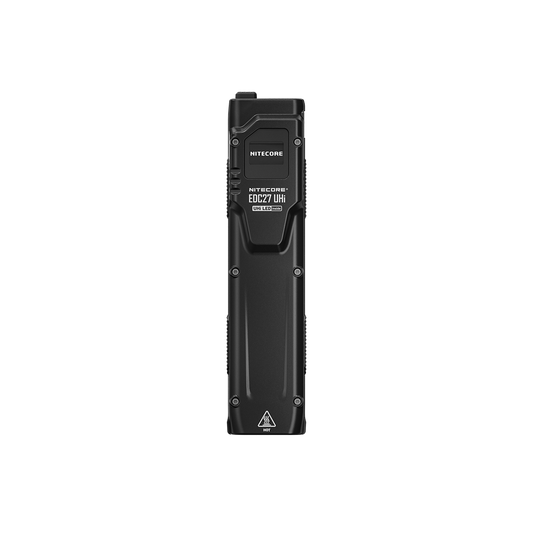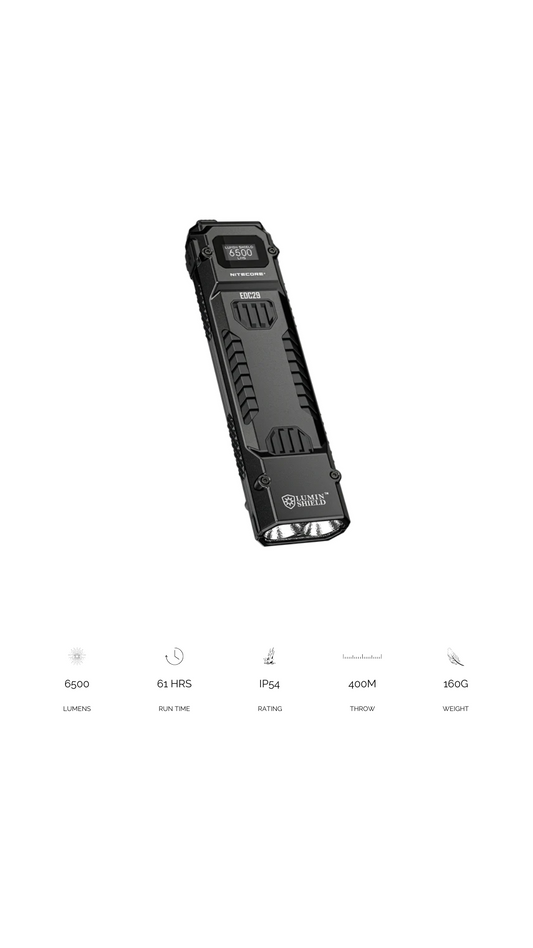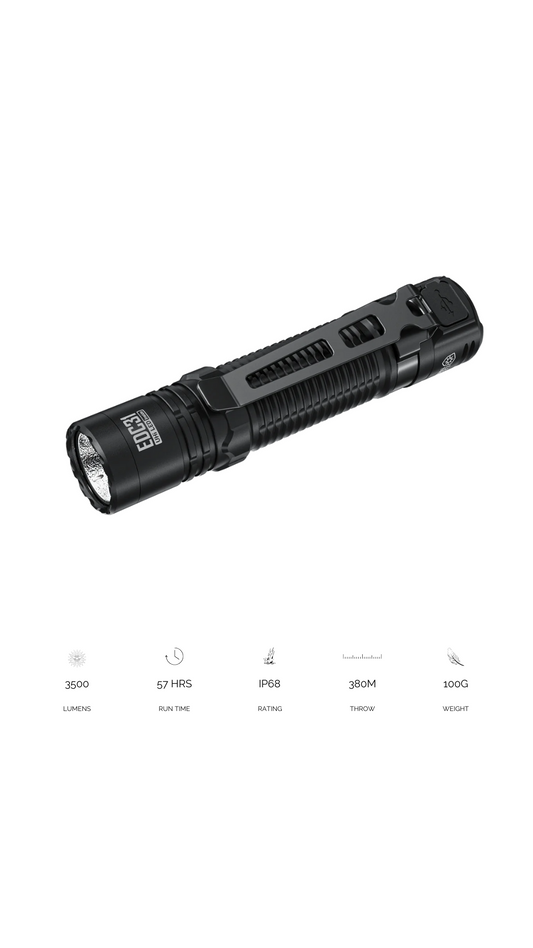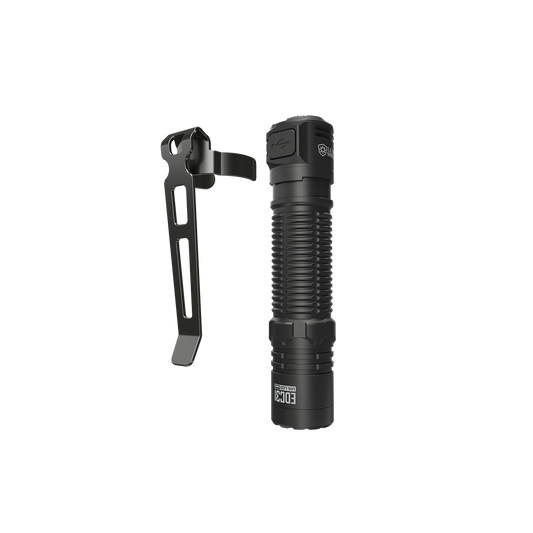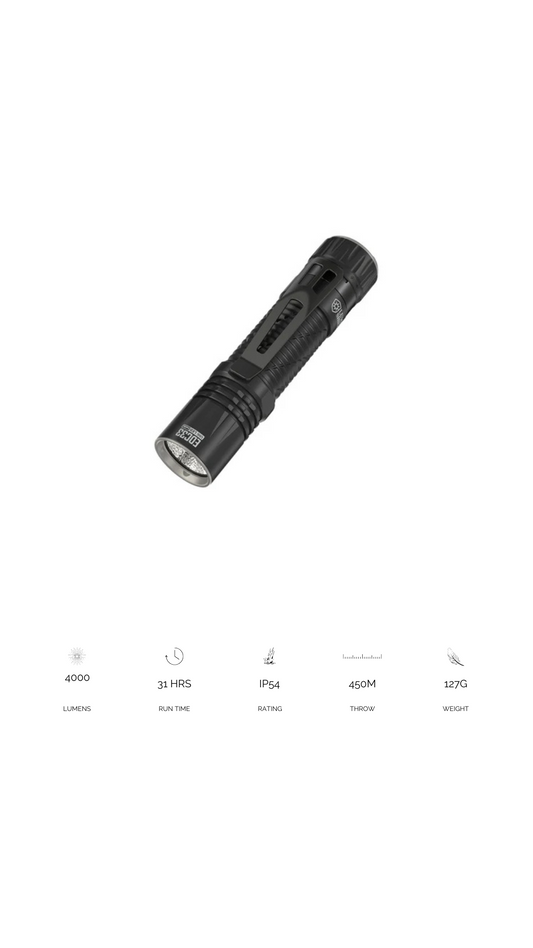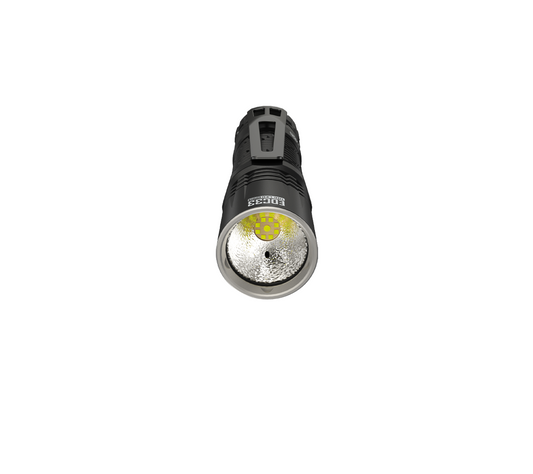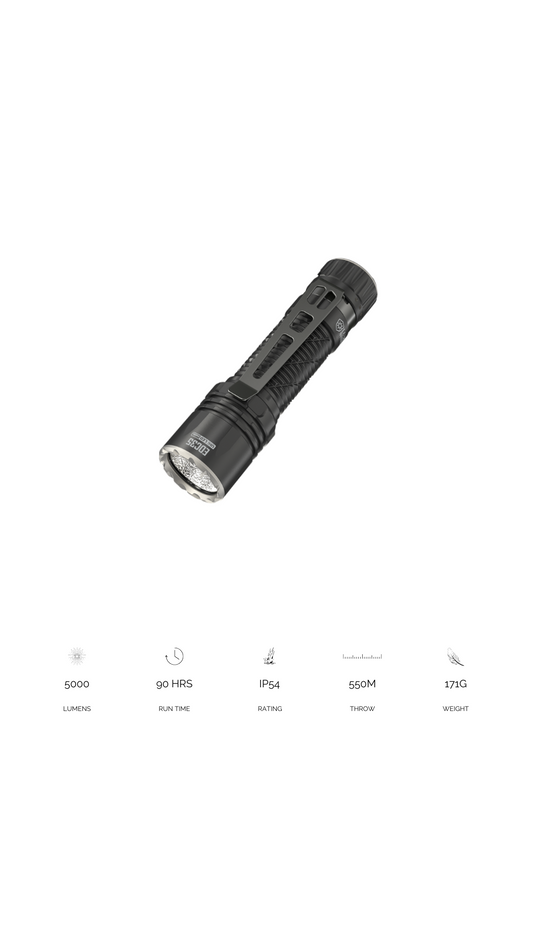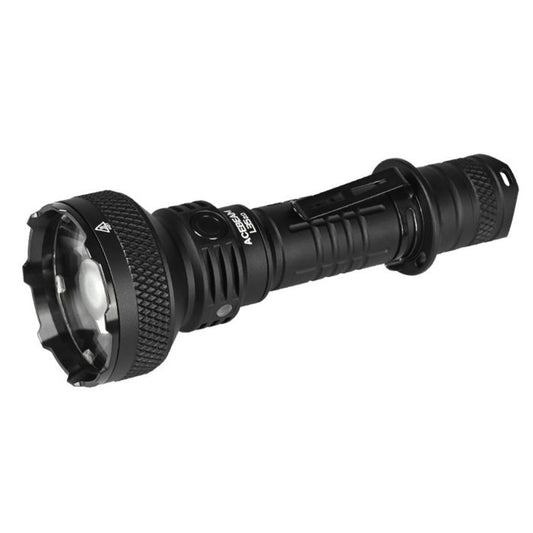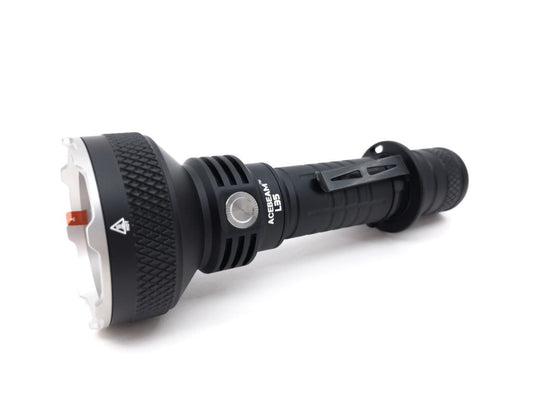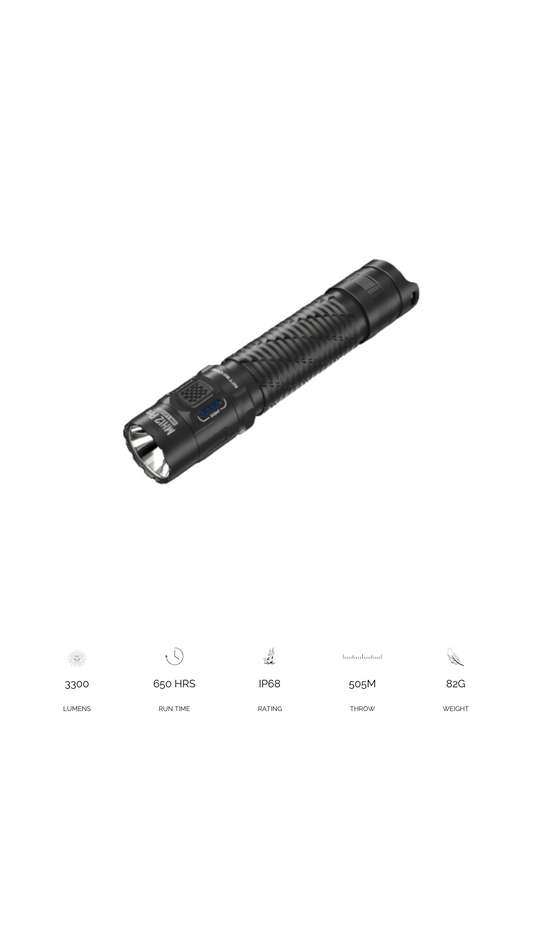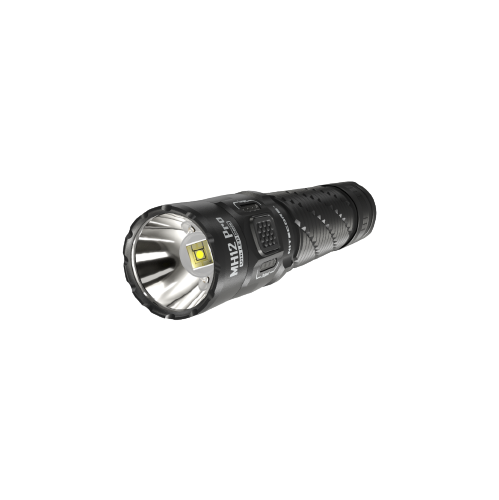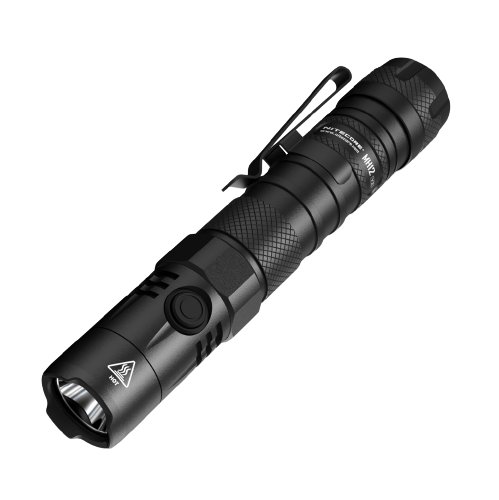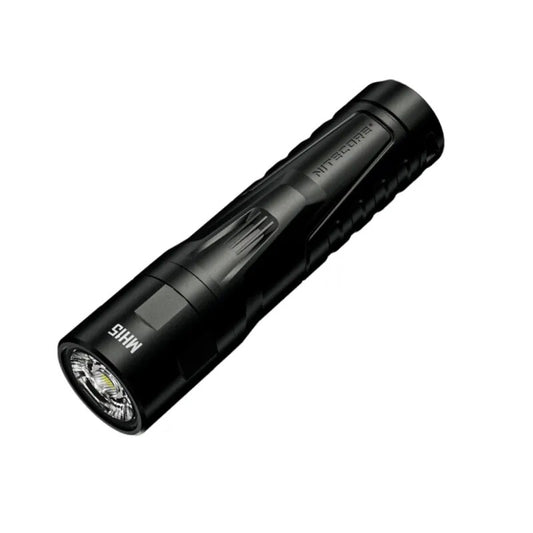
The 10 C’s for Urban Survival: Currency
For when the SHTF.
Thriving in the dynamic urban landscape requires a blend of traditional survival wisdom and contemporary readiness. Understanding the crucial elements of survival is vital. These principles act as guiding lights, ensuring resilience and adaptability in challenging circumstances. To know which pieces of equipment to take with you in any survival situation, most experts will recommend the 5 C’s of Survival: cutting, combustion, cover, containers, and cordage. Which we will cover below.
Added to that we’ve merged the fundamental tenets of both urban and wilderness survival, so city dwellers can arm themselves with a versatile toolkit to confidently navigate various scenarios. Let's explore the amalgamation of not just the 5 C’s but expanded it to the 10 C's of survival, customized for urban environments.
Like anything in real life, you’ll of course need to add on, amend, or completely have to redo the items in your SHTF bag. Also, you’ll probably need multiple grab bags depending on your situation and where those bags are stashed. Like most articles on survival these “How To’s” are for one person. If you have the responsibility of not just yourself, you’re gonna need more stuff.
This article however brief is not for camping so you’re not going to see stuff thrown in for a prolonged stay. It’s grab, go, move, rest, move.
- Combustion
- Cutting tools
- Cover
- Container
- Cordage
- Communication
- Composure
- Concealment
- Commodity
- Currency

10. Currency: Show me the money
Financial preparedness serves as a cornerstone for urban survival, offering a lifeline during times of crisis and uncertainty. Beyond mere convenience, having ready access to financial resources can mean the difference between weathering a storm unscathed or facing dire circumstances. Let's explore comprehensive strategies to ensure financial resilience in urban environments.
- Diversify Your Cash Reserves: While electronic payment methods have become ubiquitous in urban settings, they are not immune to disruptions. In emergencies such as natural disasters or power outages, ATMs and card terminals may be rendered unusable. Hence, maintaining a stash of cash in small denominations and spare change is paramount. Store these funds in a secure yet easily accessible location within your home or workplace, ensuring they are safeguarded yet readily available when needed.
- Leverage Prepaid Debit Cards: In addition to physical cash reserves, consider equipping yourself with a prepaid debit card loaded with emergency funds. Unlike traditional bank cards linked to checking accounts, prepaid cards offer a degree of separation from your primary financial assets, protecting them from potential fraud or loss. Select a reputable prepaid card provider and allocate funds specifically for emergencies, enabling you to access essential goods and services even in situations where cash is not accepted.
- Embrace Budgeting and Saving Practices: Building a financial cushion is essential for weathering unexpected challenges that may arise in urban environments. Adopt disciplined budgeting habits to track your income and expenses, identifying areas where you can trim unnecessary costs and redirect funds toward savings. Establish an emergency fund separate from your day-to-day expenses, aiming to accumulate three to six months' worth of living expenses to cover unforeseen emergencies such as job loss or medical expenses.
- Explore Alternative Income Streams: In today's gig economy, opportunities abound for supplementing your primary income through freelance work, part-time gigs, or side hustles. Explore avenues such as ride-sharing, food delivery, freelance writing, or online tutoring to generate additional income streams. Diversifying your sources of income not only boosts your earning potential but also enhances your financial resilience by reducing dependence on a single source of revenue.


